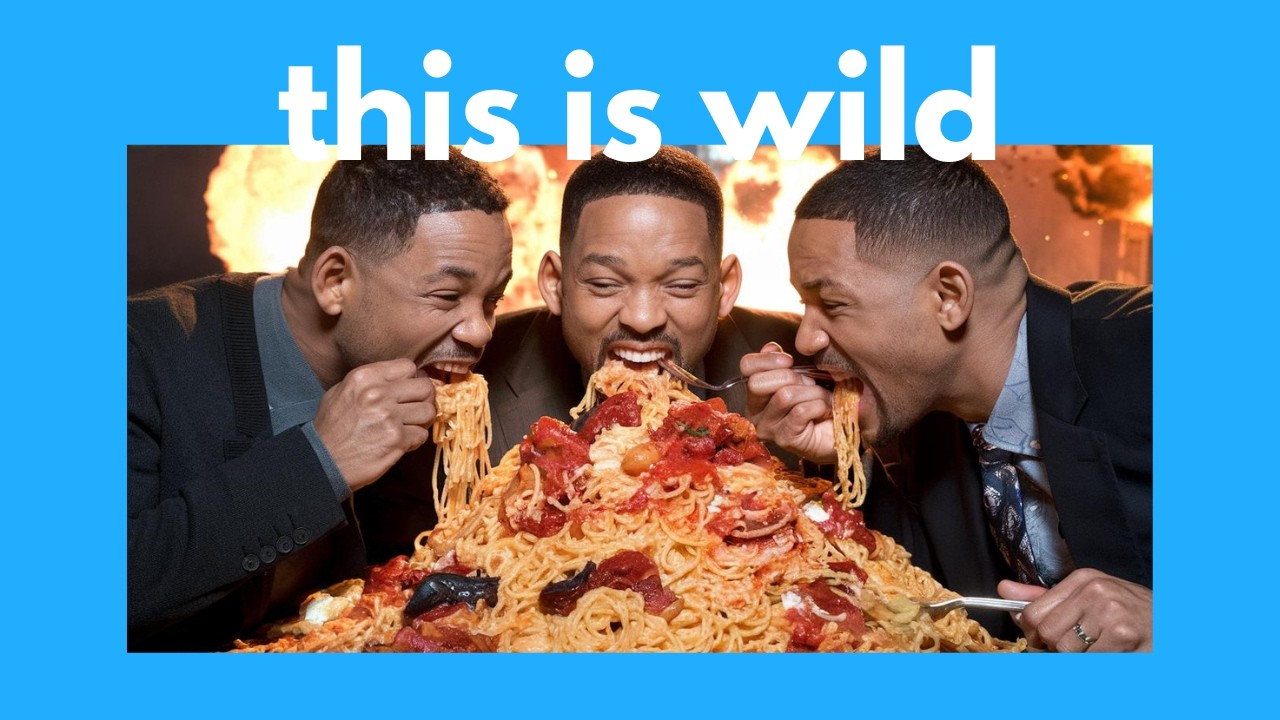The video reviews the upgraded AI video generation tool Kling 1.5, highlighting its enhanced video quality, prompt-following capabilities, and the new motion brush feature that allows users to control movement within scenes. The presenter tests Kling 1.5 with various prompts, showcasing its strengths in realism and consistency compared to competitor Minimax, while also noting some limitations in high-action scenarios.
The video discusses the significant upgrade of the AI video generation tool, Kling 1.5, which allows users to create Hollywood-level films using just a computer. The upgrade enhances video quality and prompt-following capabilities, and introduces a new feature called the motion brush, enabling users to control the movement of elements within the video. The presenter plans to test Kling 1.5’s capabilities by using various prompts to explore its limits and demonstrate what it can and cannot do.
To access Kling, users can visit klingai.com and select the AI videos option. The presenter explains the settings available, including a creativity slider, mode options, and the ability to set negative prompts to exclude unwanted elements. After generating a video of a sad woman, the presenter expresses amazement at the realism of the generated content, noting that it closely resembles a real person experiencing emotional pain. The video also compares Kling with its competitor, Minimax, highlighting the strengths and weaknesses of both tools.
The presenter continues to test Kling 1.5 with more complex prompts, such as a soldier in a war-torn city and a horde of zombies attacking people. The results showcase Kling’s ability to generate coherent and high-quality videos, although some limitations are noted, particularly in high-action scenes. The comparison with Minimax reveals that while both tools produce impressive results, Kling tends to have better consistency and quality in certain scenarios.
Further prompts include a young boy in a war-torn environment and a humorous take on Will Smith eating spaghetti with clones. The presenter emphasizes that while Kling excels in generating realistic eating videos, it cannot create celebrity likenesses, a feature that Minimax offers. The video also explores the motion brush feature, demonstrating how users can manipulate elements in a scene by uploading an image and drawing motion paths.
In conclusion, the video highlights the advancements in AI video generation with Kling 1.5 and its motion brush feature, showcasing its potential for creating high-quality content. The presenter encourages viewers to share their experiences with Kling and to stay updated on AI developments through their newsletter. Overall, the video serves as an informative review of the capabilities of Kling 1.5 and its comparison with Minimax, illustrating the exciting possibilities in the realm of AI-generated video content.
